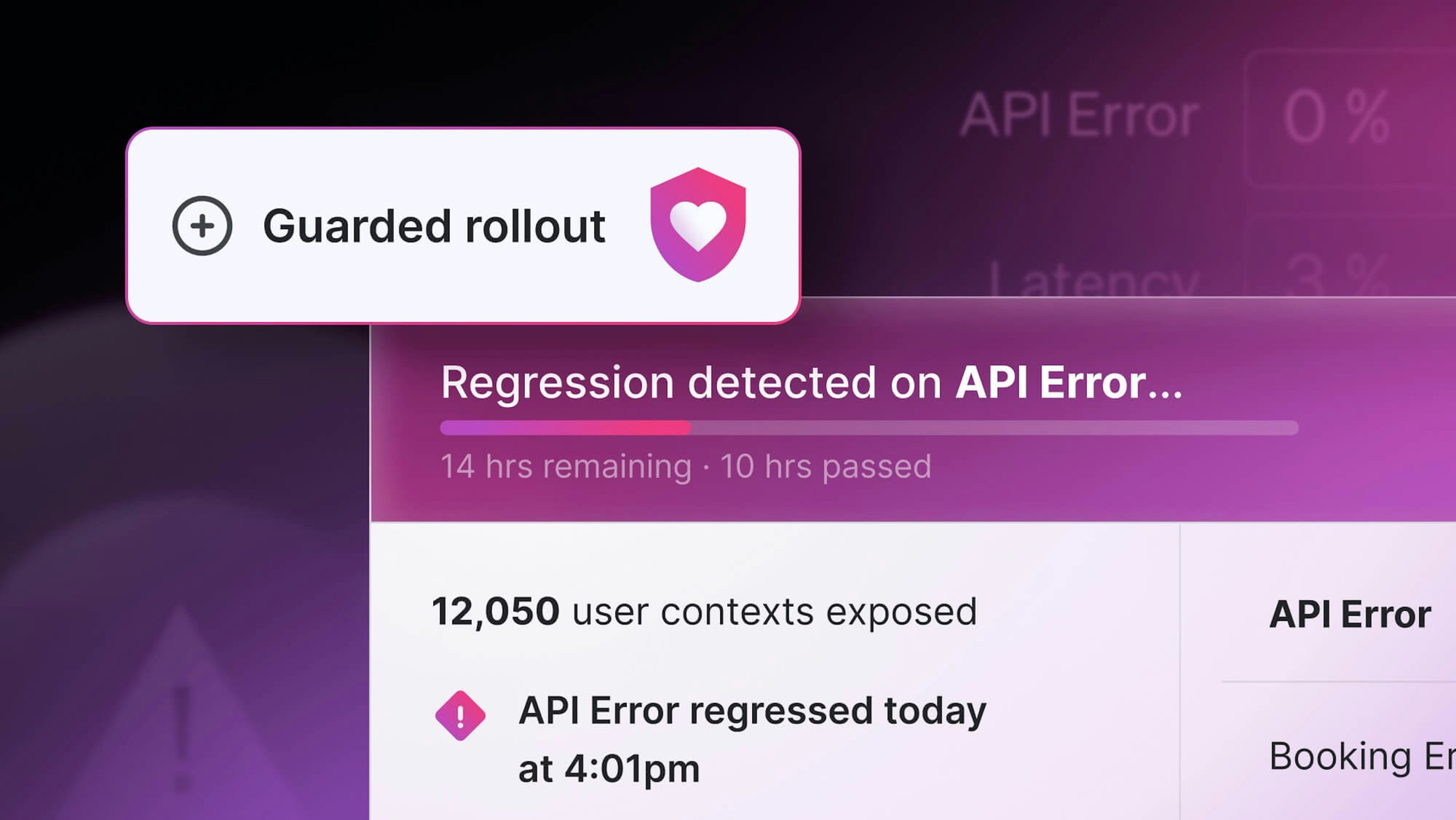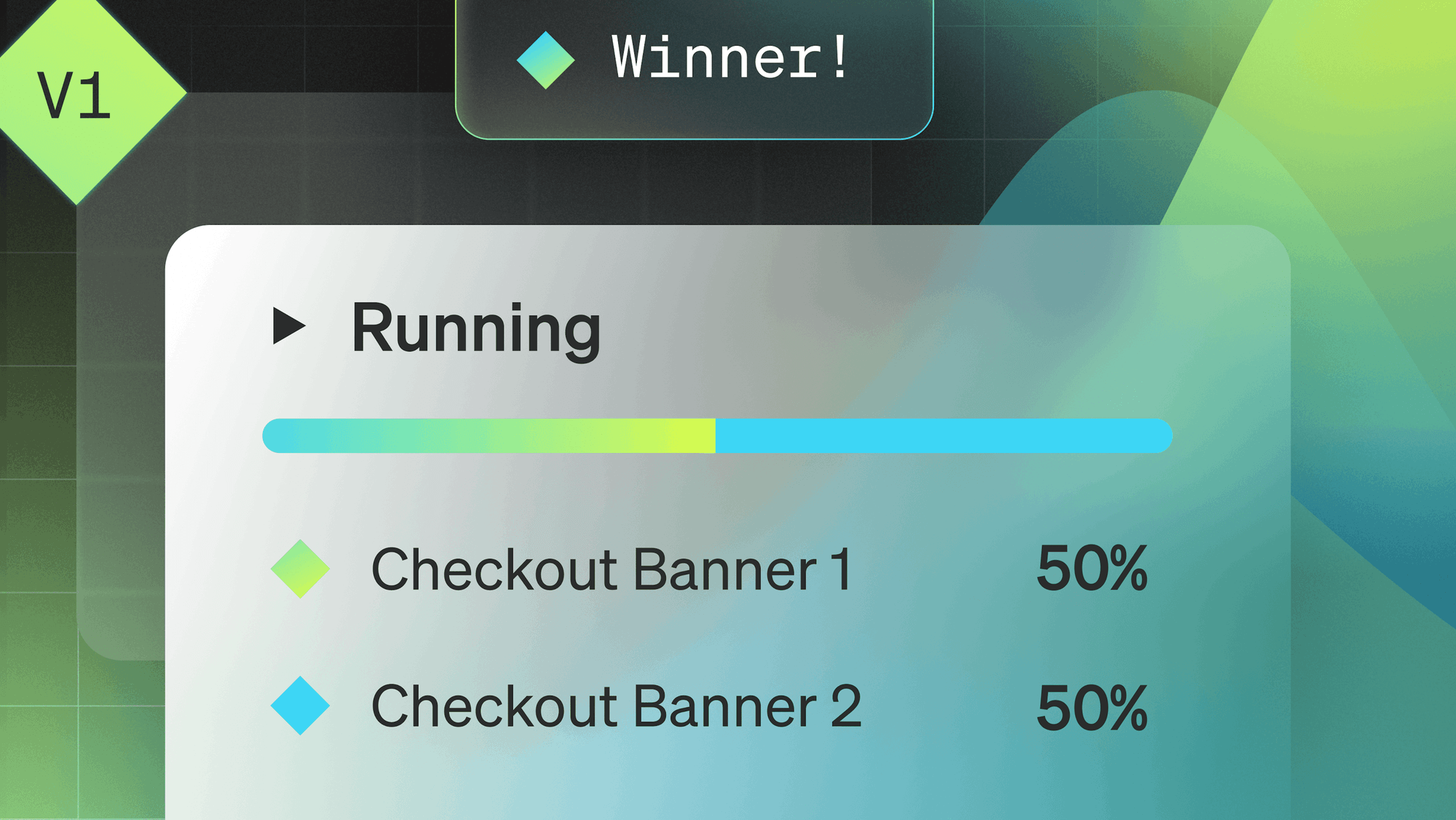Agile release planning has become a popular software development methodology. It aligns with your business goals, reduces your delivery turnaround time, and empowers your delivery teams to deploy more frequently in production.
For most businesses, timeline and cost are the most important factors in planning a project. An agile release plan helps you determine both factors. It is a blueprint of your project that provides details on sprint goals, breakdown of features or functionalities, and timelines for promoting them to production. Used properly, such a plan is an integral part of the iterative process.
In this article, you’ll learn how you can control releases by using an agile release plan and how you can plan more frequent production releases by using feature flags.
What Is Agile Release Planning?

As shown in the above image, an agile release plan is an integral part of the iteration cycle or sprints that are bundled into releases. It organizes activities, like creating a backlog (a list of tasks or features) and prioritizing actions before executing sprints.
Execution sprints are focused on backlog grooming or refinement, understanding the dependencies and managing them during sprint planning, holding a daily scrum to discuss progress and impediments, and producing a final report about the team’s achievements.
The sprint closure makes use of retrospective and review meetings that detail the positive and negative aspects of the sprints. This feedback can help improve the next iteration or delivery of the project.
Why You Need Agile Release Planning
You may be familiar with the term Cone of Uncertainty proposed by Steve McConnell. It states that there is little known at the inception of an idea and estimates early on can change with the delivered product. In software development, teams start with an idea and then offer estimations on which to base a budget and resources. When working toward the final project, teams may be stuck with unrealistic deadlines.
Software is inherently intangible, and determining a product’s size, cost, or timeline can be difficult. That’s where agile release planning is different—it adjusts along with the unpredictable nature of software development.
According to Humphrey’s law, a user doesn’t actually know what they want until they see a working example. Once users see a working example, they tend to improvise on the solution. And this results in a constant scope change as new information is added to the workable items. Thus, the need for agile planning that evolves and encourages change.
When There Isn’t a Plan
What happens if you don’t use an agile release plan? Say you wanted to build a house, so you employed the best architects and established a huge budget. You explained the details of the project then left to travel the world. When you returned to the construction site, you saw a beautifully-built house, but you were shocked. There was a serious flaw: no roof.
That scenario illustrates how you can have the best developer teams with plenty of resources and a generous budget but still not succeed. In this case, there was no plan for how to proceed or for what was needed, and the teams weren’t moving in the right direction. The result missed some deliverables.
You can avoid this downfall by following an agile release plan. Your plan should consist of the following three factors:
Focus on important features
Every release should focus on features that are absolutely necessary to achieve a minimum viable product (MVP). In the house example, the most necessary features are the floor, walls, roof, doors, and windows. Having these will help you deliver a functional product.
Promote experimentation with less risk
Once the foundation is in place, you can work on adding features that need experimentation but aren’t risky. That can mean building a new widget with a different look and feel.
In the house example, you could create sample flooring to evaluate whether to use wood or tile. This gives your customer something to visualize so they can provide feedback. If the customer sees the flooring earlier in the process, they’re less likely to ask for a complete redo after delivery.
The key is understanding the needs of the end user and making your application intuitive, while also staying within budget and keeping your risks low.
Complement the road map with details
Every module should be evaluated against the product road map to ensure that the requirements are met. This holds true whether you’re creating the foundation or adding features to enhance the application.
In our example, constructing the roof and choosing the floor material all tie to the goal of building a house and ensuring that the execution is in line with the road map.
Building an Agile Release Plan
A successful agile release plan will reflect what your organization is capable of delivering. There are several aspects to consider in creating your plan.
Build a vision
Building a vision is the most important part of your plan. All other activities and decisions will tie to your vision for the product.
To build your vision statement, you need to know what your product’s key goals and users are, and what features are absolutely necessary to achieve this product.
You also need to understand your competitors and how your product can stand out from the competition.
Different stakeholders, like the development team, scrum master, product owners, and others from your organization, should have input into the vision statement. It serves as a guiding light to what you are trying to achieve.
Prioritize features
Next, review your product backlog and determine which features are most important.
The product owners play a pivotal role in keeping the team focused on deliveries aligned with the product vision. The owners prioritize features by validating them against the product vision and building user stories around them.
Product owners often consider stories with a higher business value or are marked as dependencies for other stories to progress. Backlog grooming sessions are useful in understanding the dependencies and forecasting what will be part of the next iteration.
Technically or architecturally important stories have lesser importance to product owners, but they’re essential for building a robust system and should be part of your priority list.
Control releases with feature flags
Say your application wants to provide discounts during a specific season, like Christmas. You’ll inject a discount logic in your codebase that will only be executed for that season. You don’t want to deploy a different codebase during that season and roll back to the original codebase afterward. In such cases, you can use feature flags.
LaunchDarkly provides a faster way to deploy your code with a well-established flag delivery network. The content delivery network (CDN) pulls the initial flag values during instantiation and then uses a streaming or polling mechanism to check if the flag value has changed.
Feature flags help you control your releases and ensure faster deployments.
Iterate with market feedback
Frequent feedback from business stakeholders and end users keeps the development team focused on aligning the deliveries with the intended goals. Your agile release plan enables you to incorporate that feedback in iteration and quickly adjust in upcoming release cycles.
Feedback loops are mechanisms for gathering feedback. Both positive and negative feedback are added to the agile release plan, ensuring that it speeds up and improves the development process and results in high-value deliveries.
The feedback can be gathered by having end users perform testing in preproduction environments, using surveys from end users, or using analytical tools to gather information.
Conclusion
The goal of agile planning is to provide real-time insights in manageable chunks of time and effort so that necessary changes can be added to the workflow as needed. An agile release plan details the team’s commitments for upcoming releases and helps teams and stakeholders work together to see the big picture.
A best practice for optimizing your agile release plans is to use feature flags to monitor individual features, then either pull back or change features that are outdated or faulty.
LaunchDarkly provides a robust platform for feature flags that streamlines your development process by enabling faster on-demand releases. For more on how LaunchDarkly can help you achieve better deployments, request a demo.







.png)
.png)






